For teachers
Final rehearsals provide an opportunity for school and student groups to see up close how the orchestra, conductor and soloist prepare for the concert. Final rehearsals begin at 10:00am and last until 1:00pm at the latest. A 20-minute intermission is held by 11:30am at the latest, during which time the school and student groups may leave the Concert Hall. Programme details can be found in the concert calendar under the date of the concert in question. Attendance at the final rehearsals is free of charge for school groups, student groups and special groups. As of 14 August 2025, you can register for our final rehearsals in autumn 2025 by clicking on this link.
Concerts: teachers can reserve tickets to our evening concerts free of charge for their student groups on a first come, first served basis (excluding the concerts on September 25, October 8–9, and November 14, for which it is not possible to reserve free seats). Register by sending an e-mail as of 19 August 2025 to helsinki.philharmonic@hel.fi with details about which concert you wish to attend and how many tickets you need.
Art Excursion for Second Graders is organised together with the Helsinki City Education Division, the Museum of Contemporary Art Kiasma, the Helsinki Philharmonic Orchestra and Musiikkitalo. All 2nd graders in Helsinki are invited to the event together with their teachers. The aim of this programme is to open new doors to the arts and culture, as well as to offer equal opportunities to 2nd graders and their teachers in Helsinki for enjoying arts experiences.
Our Junior Concert in 2026 features 5th grade music students from the Kaisaniemi, Oulunkylä, Pakila, Suutarila elementary schools, Porolahti comprehensive school, and Kottby grundskolan. The students perform as a youth choir and junior orchestra for the concert, and also as soloists in the Little Ouverture the precedes the main concert. The artistic director, education planner and host of the Junior Concert is Satu Sopanen.
Musakärry (“Music Trolley”) is an educational programme and expertise sharing model run by the Helsinki City Early Childhood Education Department together with the Helsinki Philharmonic Orchestra that uses xylophones and other percussion instruments. The aim of the programme is to support the learning abilities of children by means of art and culture education, as well as to create communal and inclusive music-making experiences for children.
Symphony Orchestra
A symphony orchestra is an ensemble comprising dozens of musicians and instruments. Each member of the orchestra has their own, important role in performing the composition. The orchestra is usually led by a conductor, who uses a baton to keep all the musicians on the same beat and gestures and expressions to communicate how the music should be interpreted. The number of musicians and the seating arrangement may vary depending on the composition.
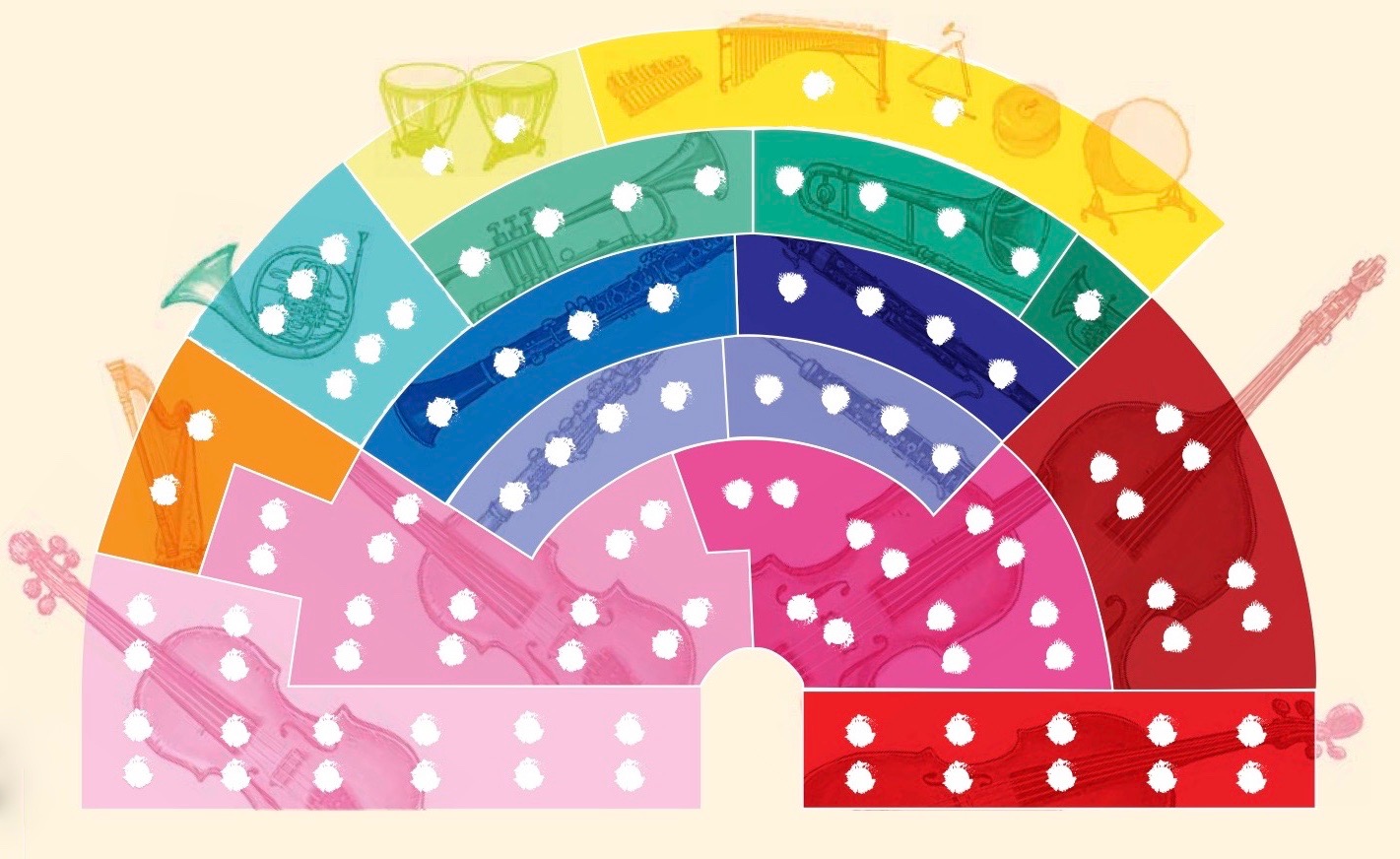
Strings
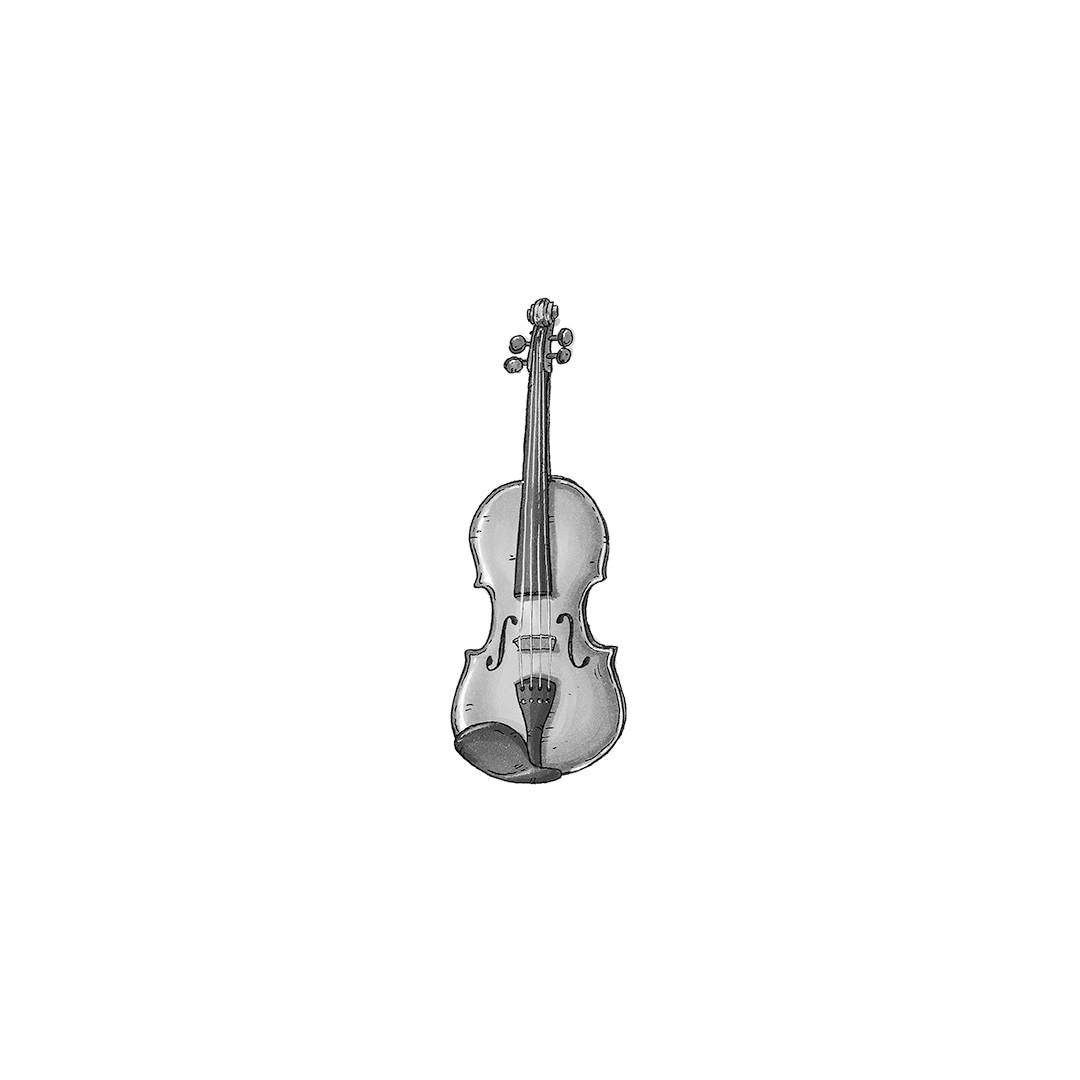
Violin
If the orchestra were a sailing ship, the violins would be its sails. They play almost all the time, there are more of them in the orchestra than any other instrument, and composers usually write the most beautiful melodies for them. All string instruments in the orchestra are mainly played with the right hand using a bow and the left hand pressing the strings.
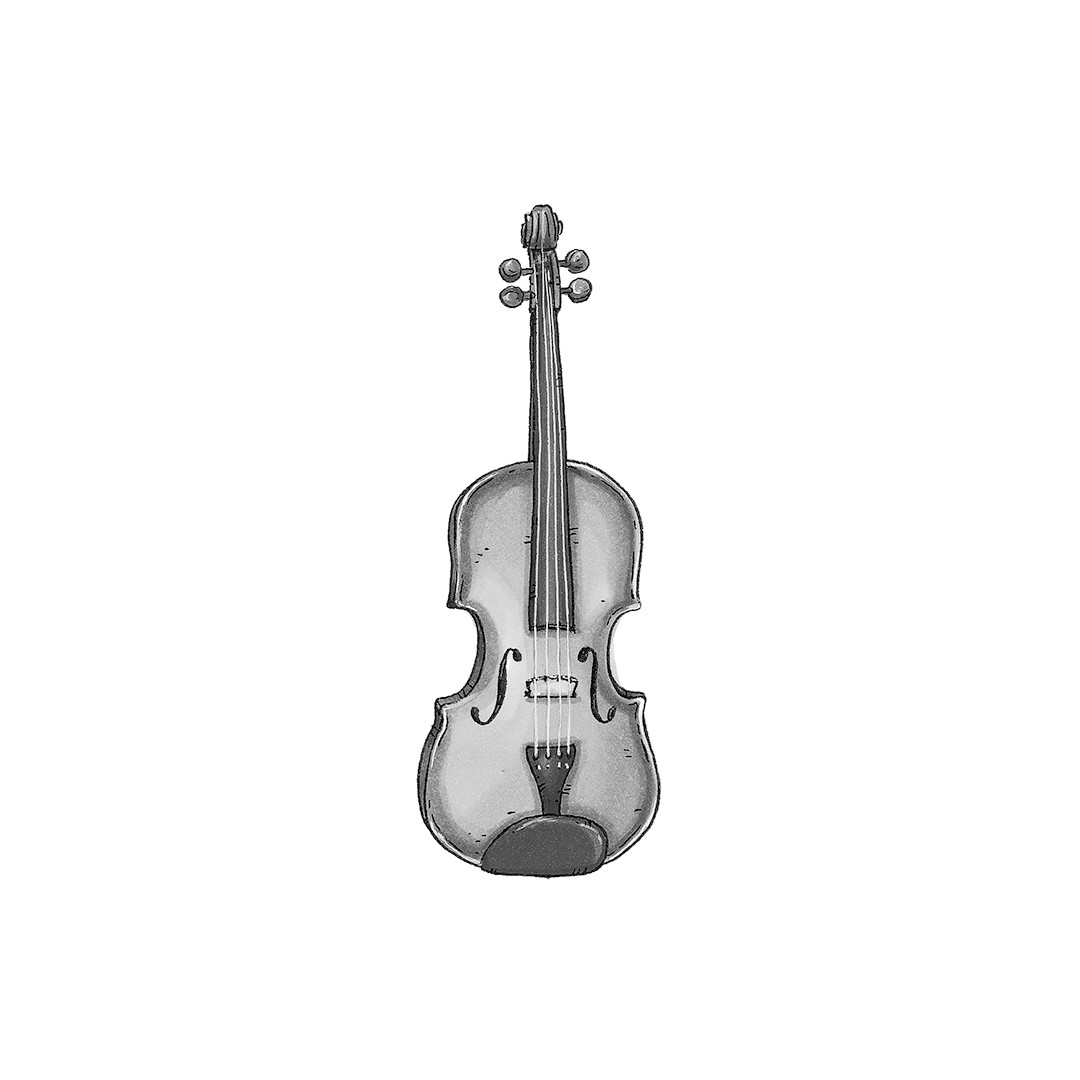
Viola
The viola is similar to the violin, except it is slightly bigger and has longer strings – which is why it also sounds lower. Since the sound range of violas is somewhere between low and high string instruments, they rarely get to shine with solos.
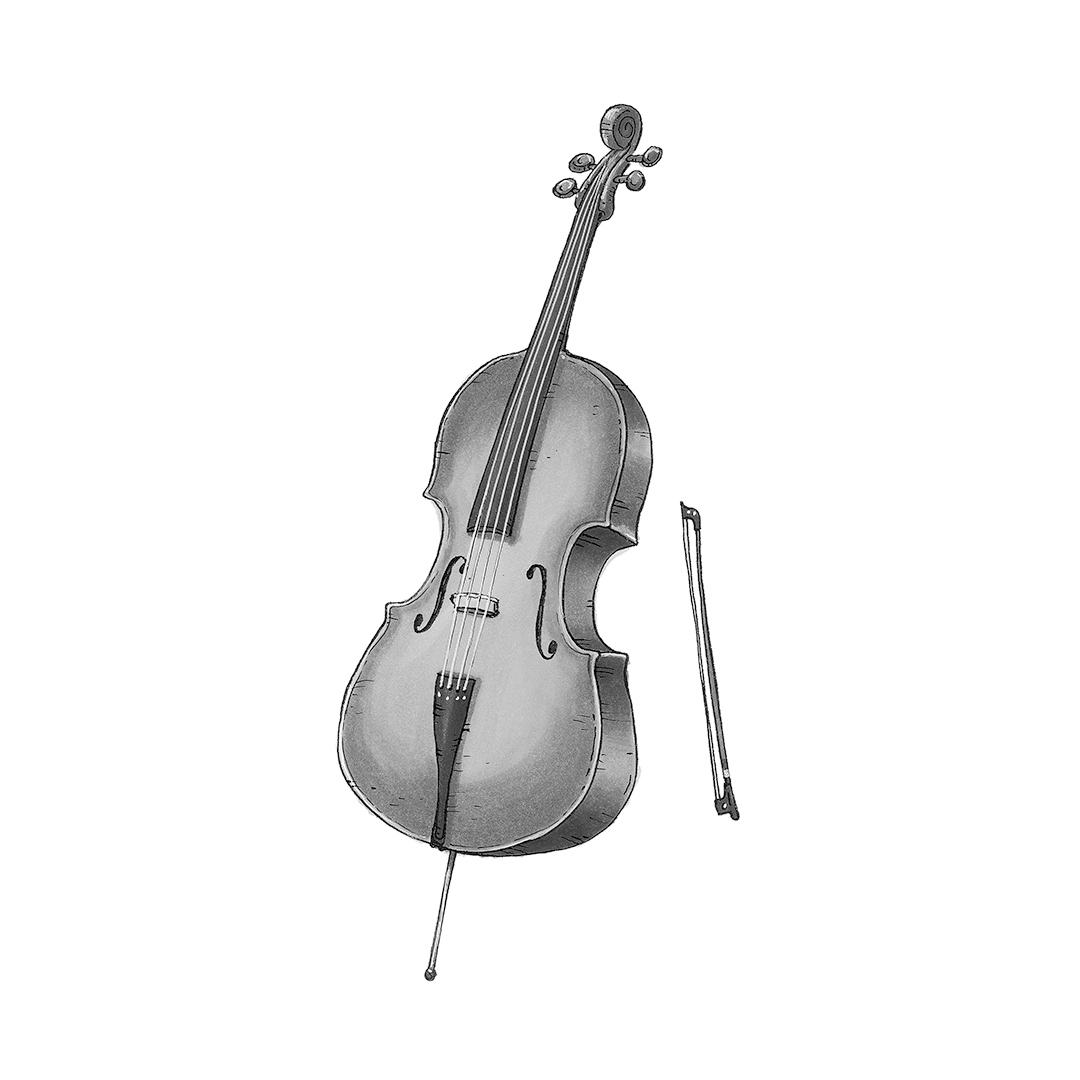
Cello
The cello is too big to be played under the chin, so it is played in a vertical position between the knees. The strings on a cello are twice as long as those on a viola, which is why the cello is an octave lower.

Double bass
If the violins are the sails of the orchestra, the double basses are its rudder. As the largest and lowest string instrument, the double bass controls both the pulse and the lowest notes of the music. Since a full-size double bass is about two metres high, it is played either standing or sitting on a high stool.
Woodwinds
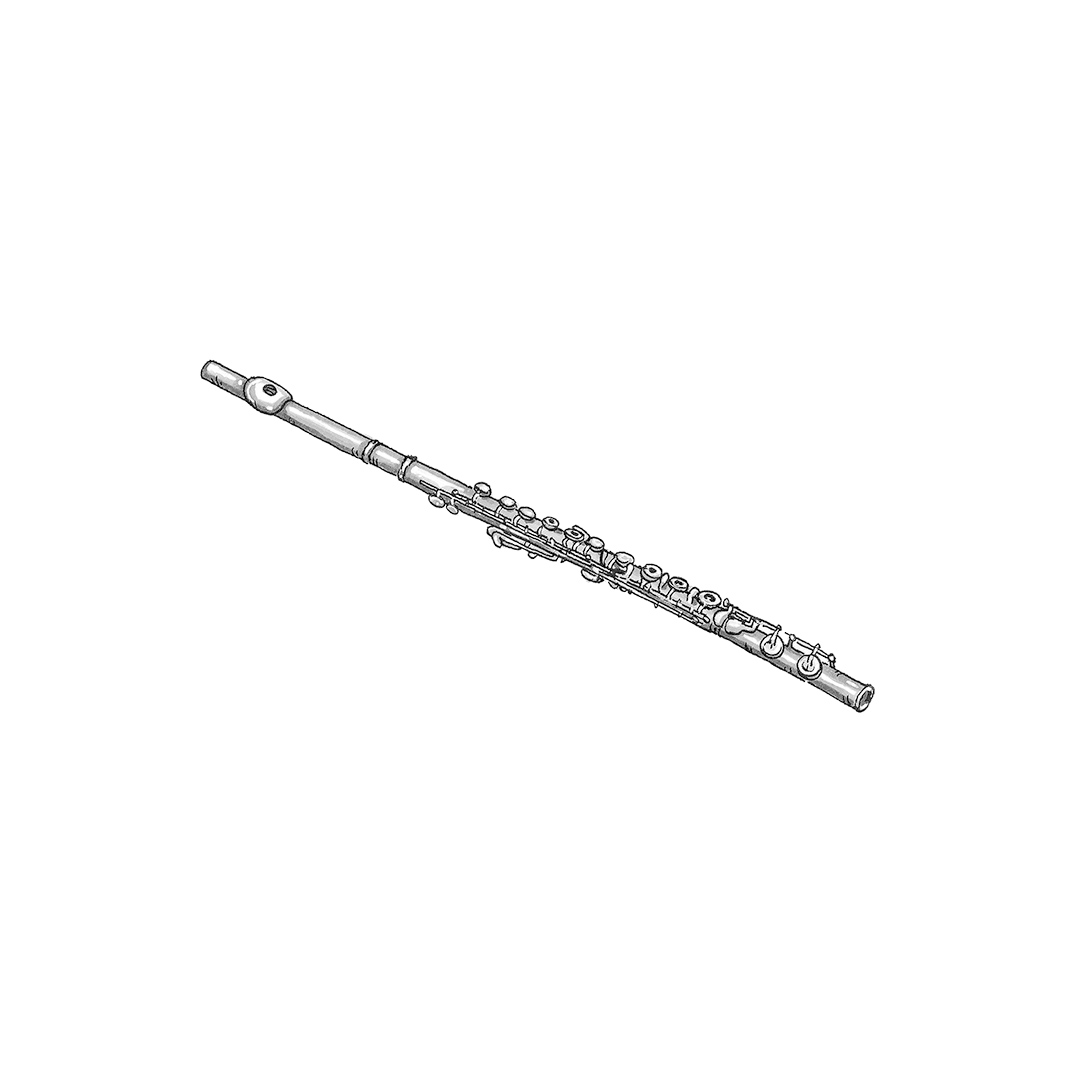
Flute
The flute is the highest-pitched woodwind instrument in the orchestra, unless the composer has written a part for piccolo. As its full name suggests, the transverse or side-blown flute is held horizontally, unlike the recorder, which is rarely played in symphony orchestras.

Oboe
The name oboe comes from the French words haut bois, or high woodwind. The oboe is considered one of the most important instruments in the orchestra. Because its sound carries very far, almost every concert begins with the instruments tuning to a note played by the oboe.
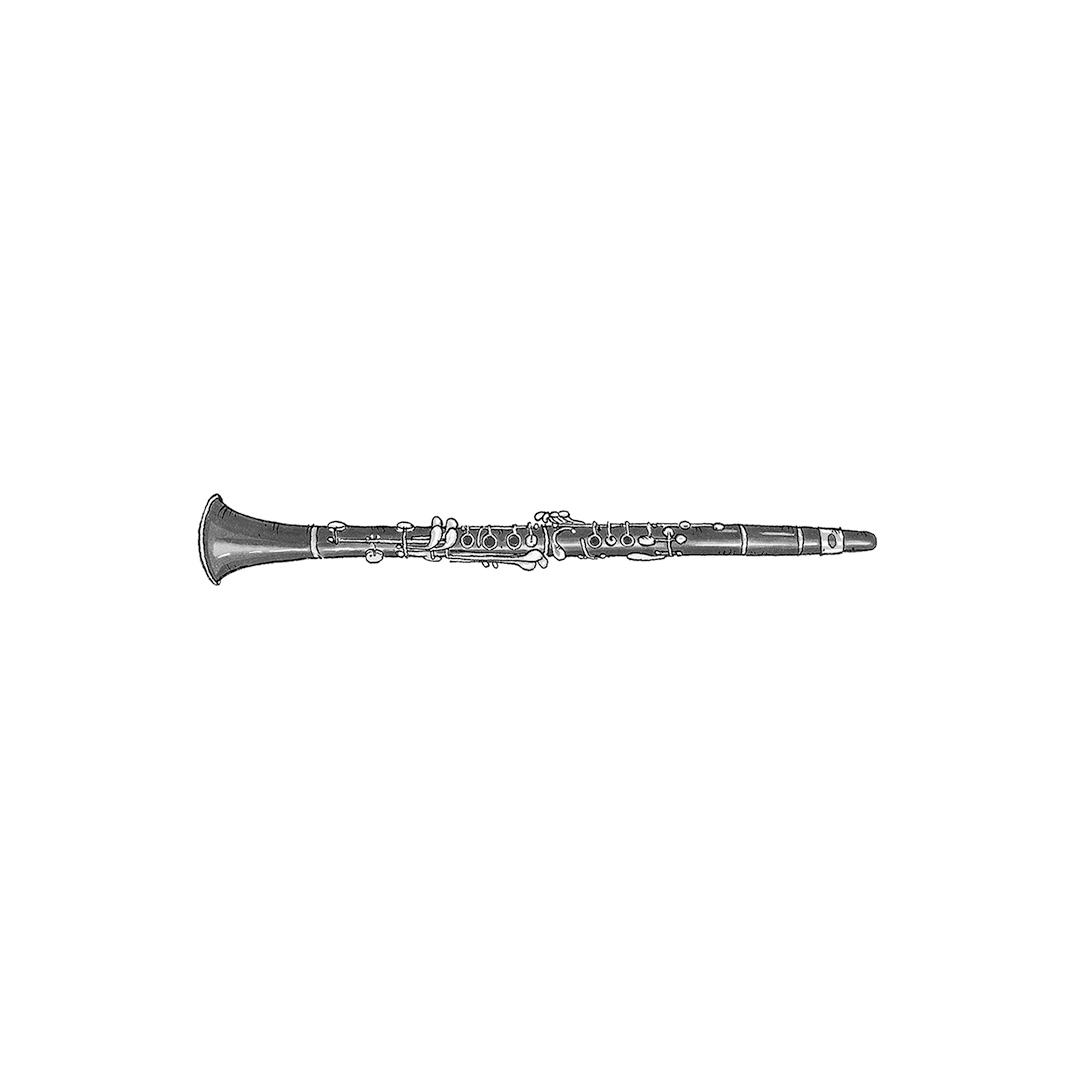
Clarinet
The clarinet is a very versatile instrument. It can play both very low and very high notes, and very quietly or very loudly. Like other woodwinds, the pitch of the clarinet is adjusted by covering holes made in the tube. This shortens or lengthens the distance travelled by the air blown into the instrument.
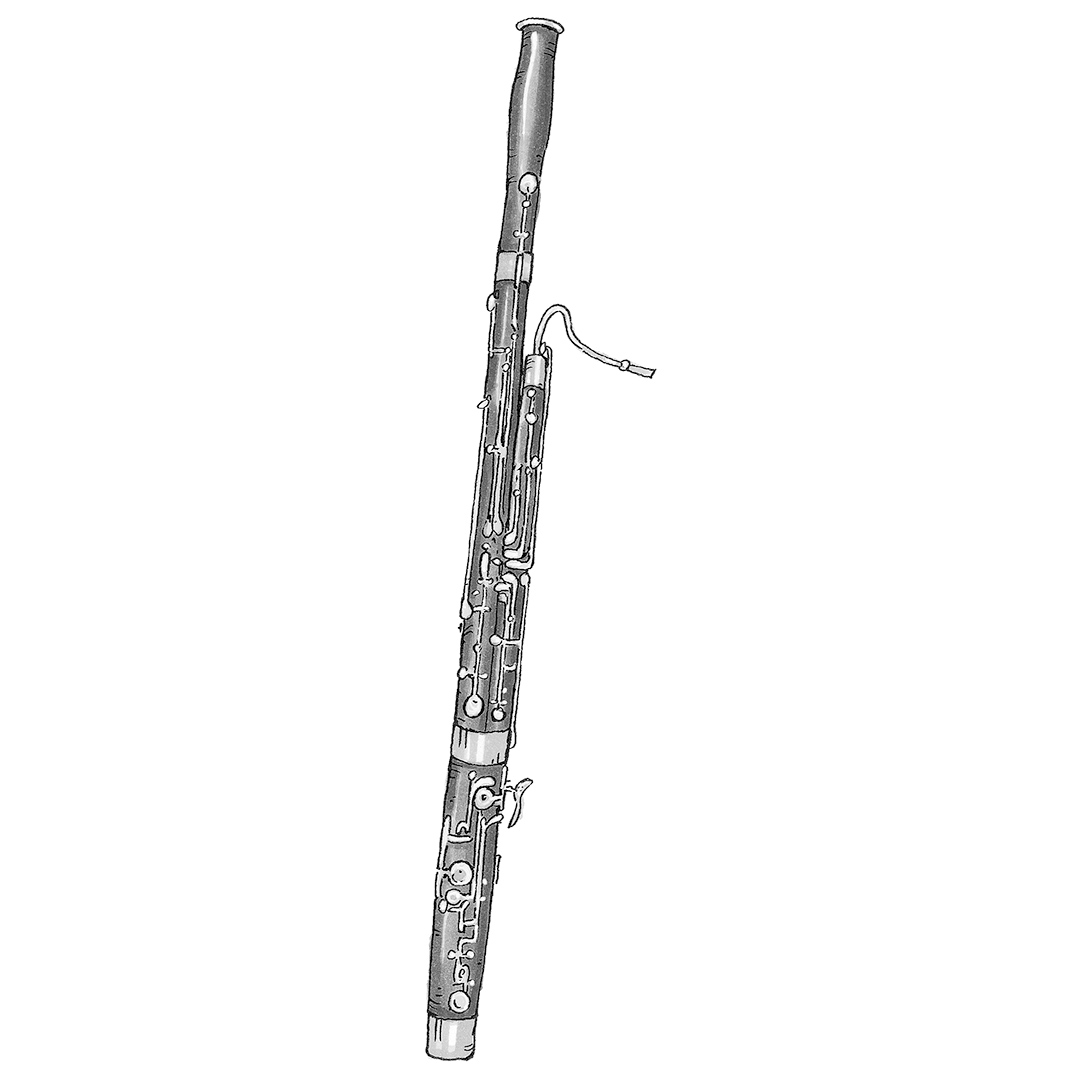
Bassoon
The bassoon is the biggest and lowest woodwind in the orchestra. It is made of thick wood and has so many metal components that the musician has to carry it using a shoulder strap.
Brass instruments
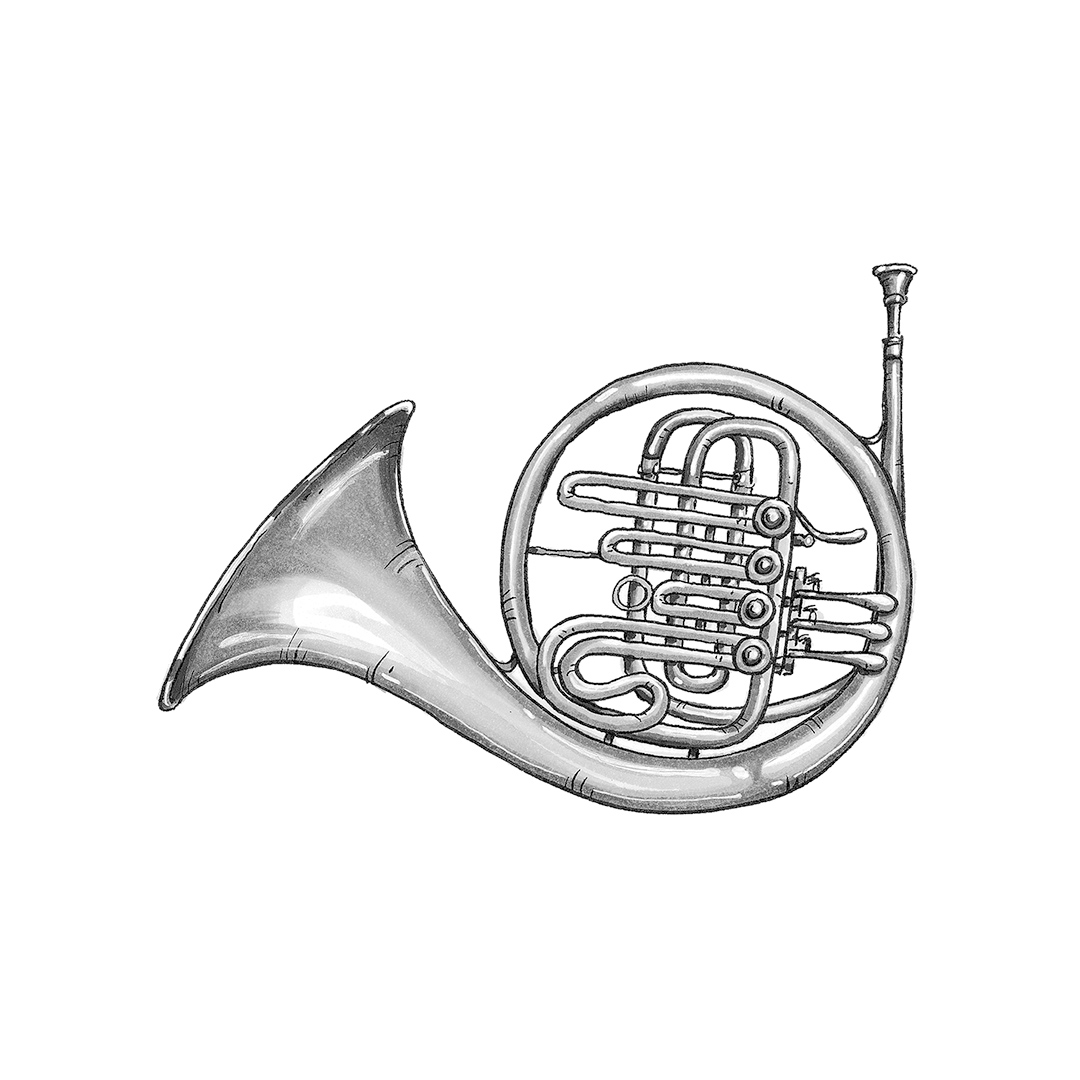
French horn
The French horn, or simply horn, is a very old and versatile instrument. Like other brass instruments, its sound is produced by buzzing the lips against the mouthpiece. The pitch is varied by adjusting the amount of blowing and by pressing the valve keys. The tone can be changed using various mutes or by placing a hand inside the horn.
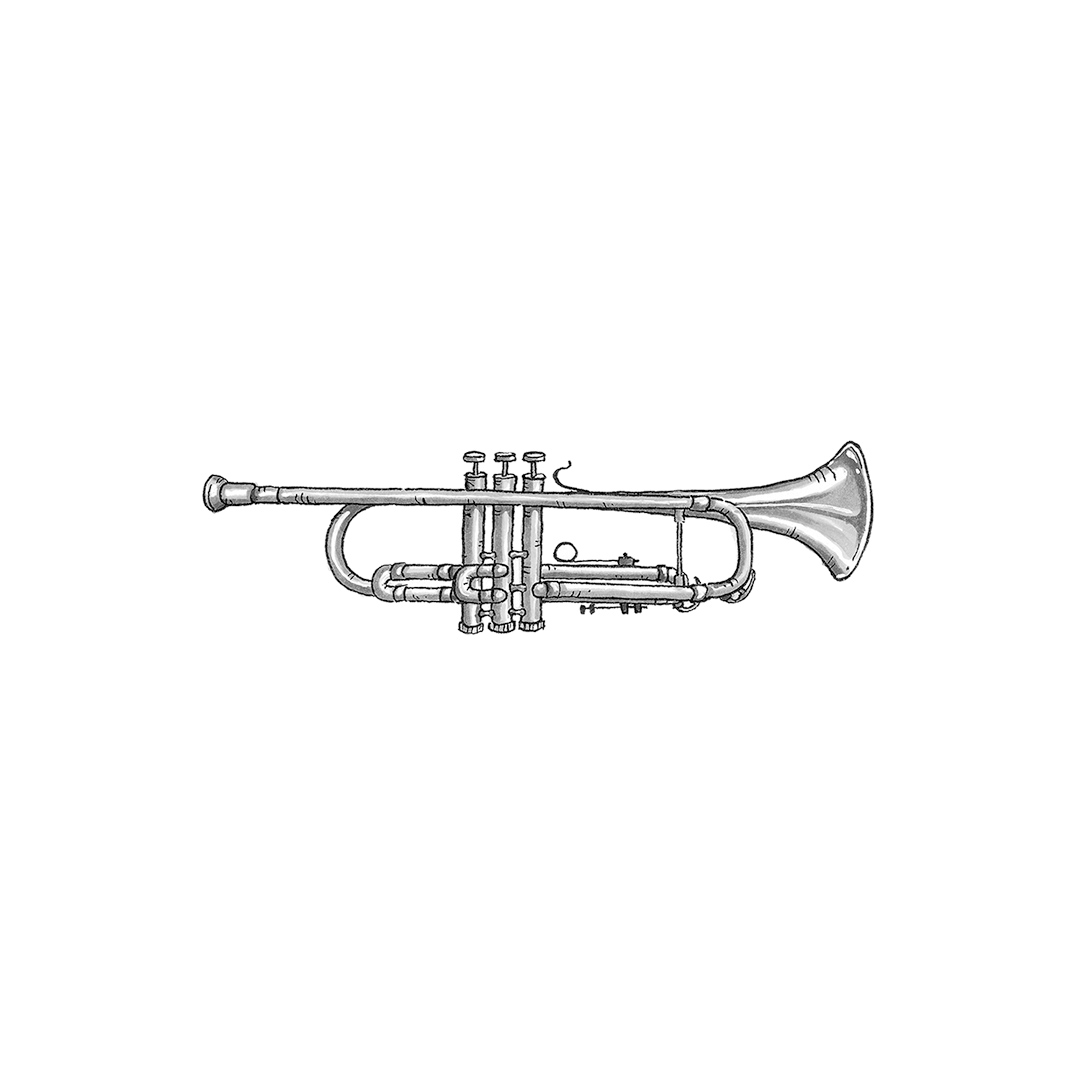
Trumpet
The trumpet is a simple instrument on which skilled musicians can play dozens of different pitches from just three valves. The sound of the trumpet is very audible and clear, and the spectrum of tones can be expanded almost endlessly using various mutes.

Trombone
The trombone is unique among brass instruments. While the pitch of other brass instruments is changed by pressing valves or keys, the pitch of the trombone is changed by pushing and pulling a long U-shaped slide mechanism. That is why it is sometimes referred to as a slide trombone.
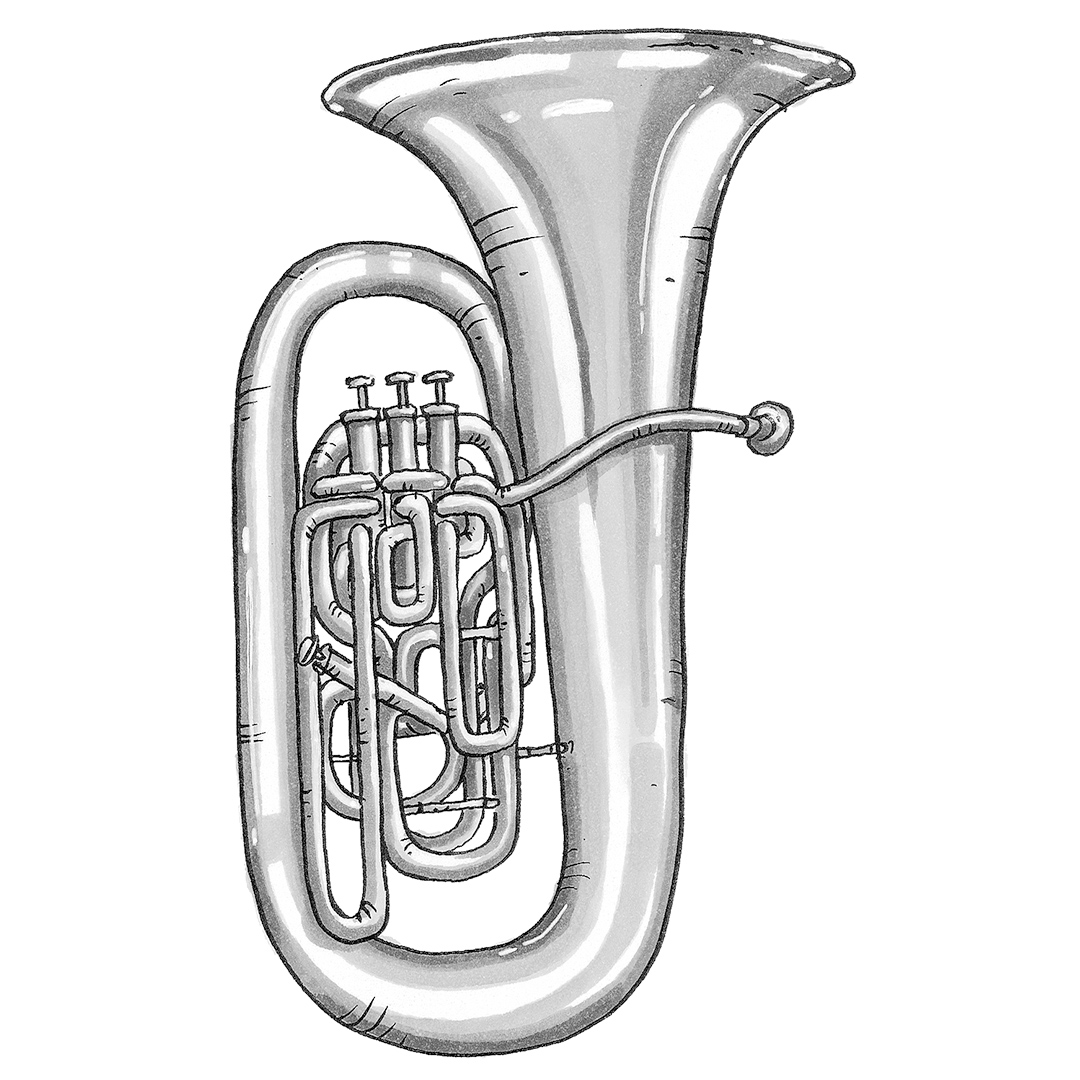
Tuba
The tuba is the largest brass instrument in the orchestra. Its easily recognisable, low-pitched sound carries very far, and it is produced by buzzing the lips loosely inside the mouthpiece.
Percussion instruments
There are usually many types of percussion instruments in the back row of the orchestra: some, like the glockenspiel, play melodies, while others, like tambourines and timpani drums, mainly play rhythms. The pitch of drums can be adjusted by tightening or loosening the heads.
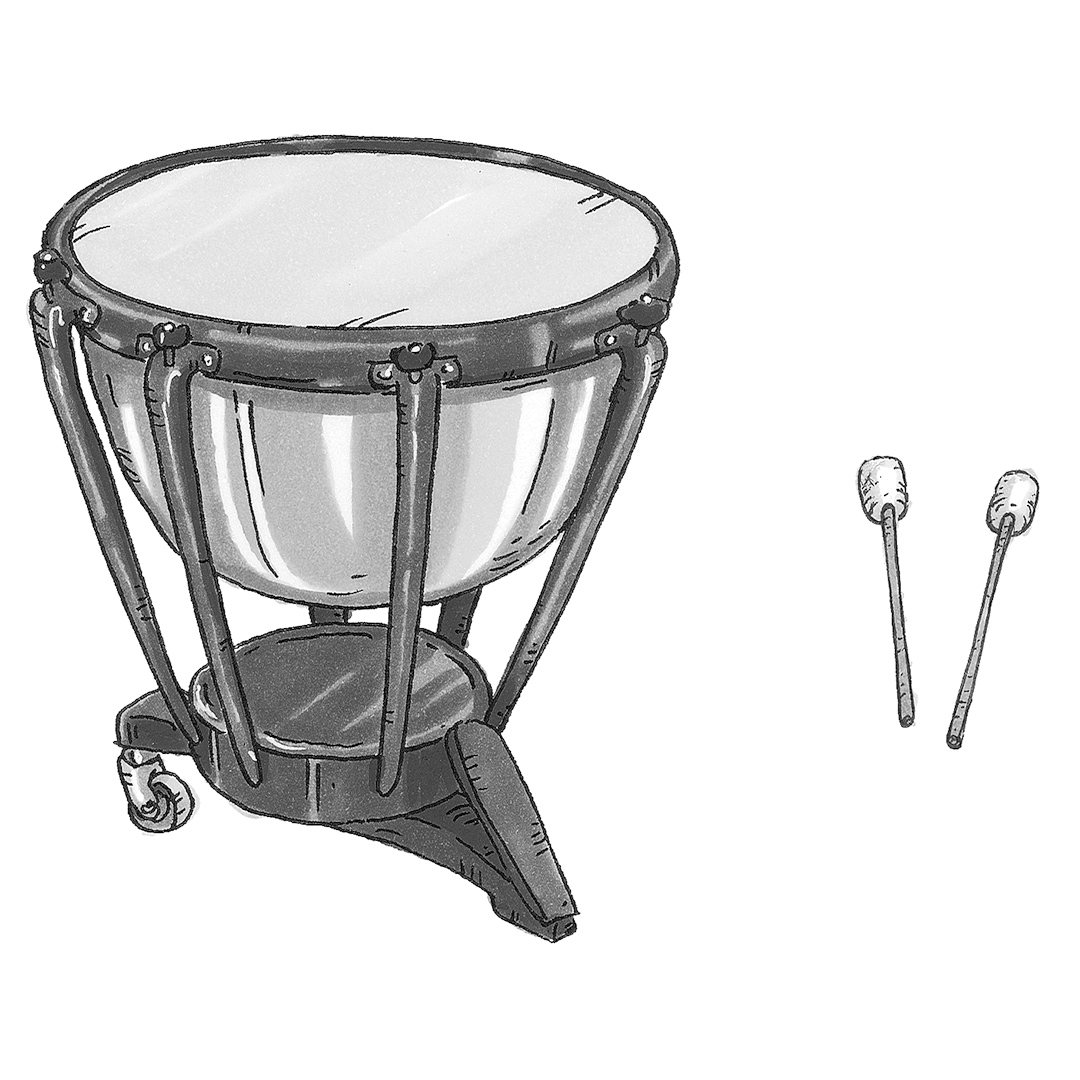
Timpani
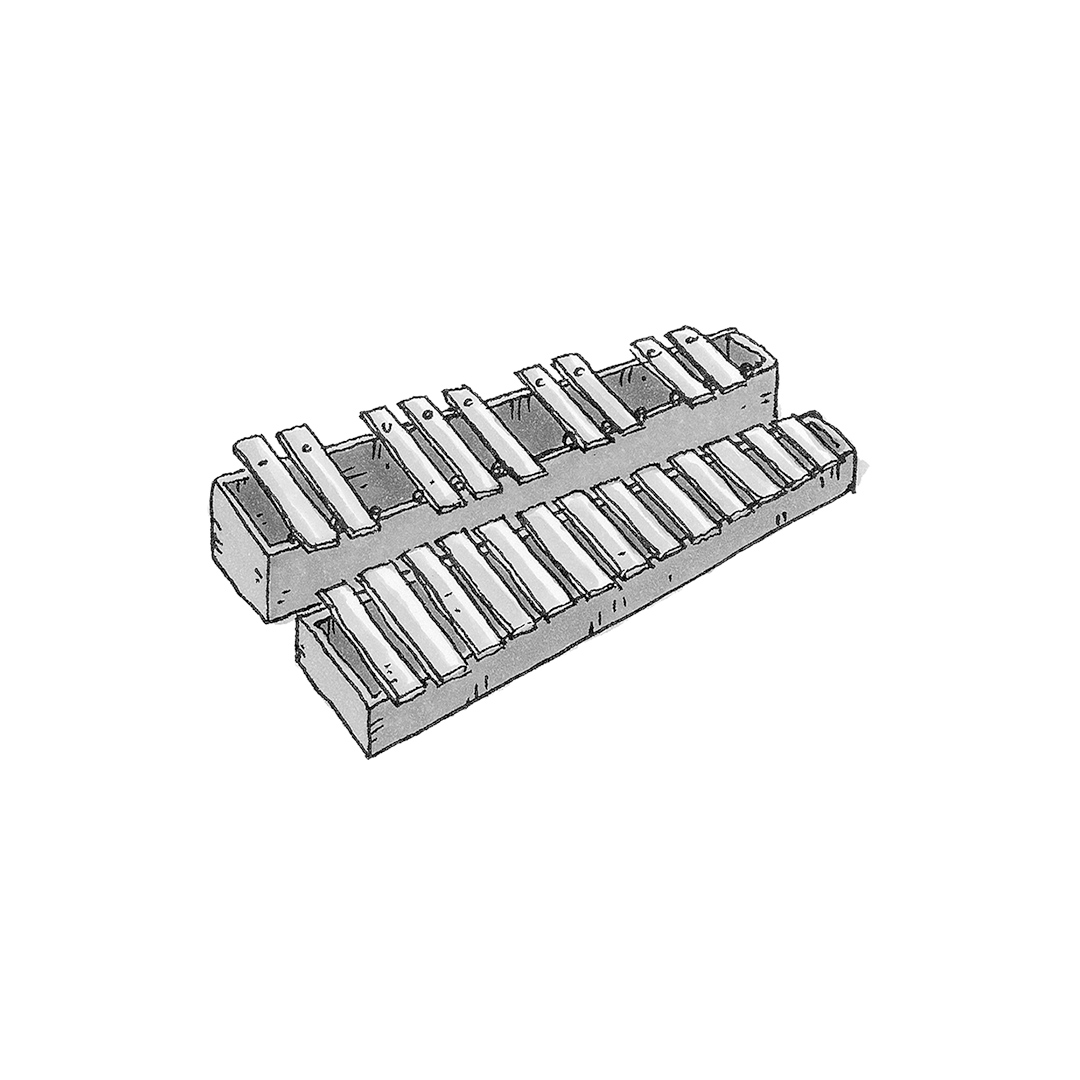
Glockenspiel
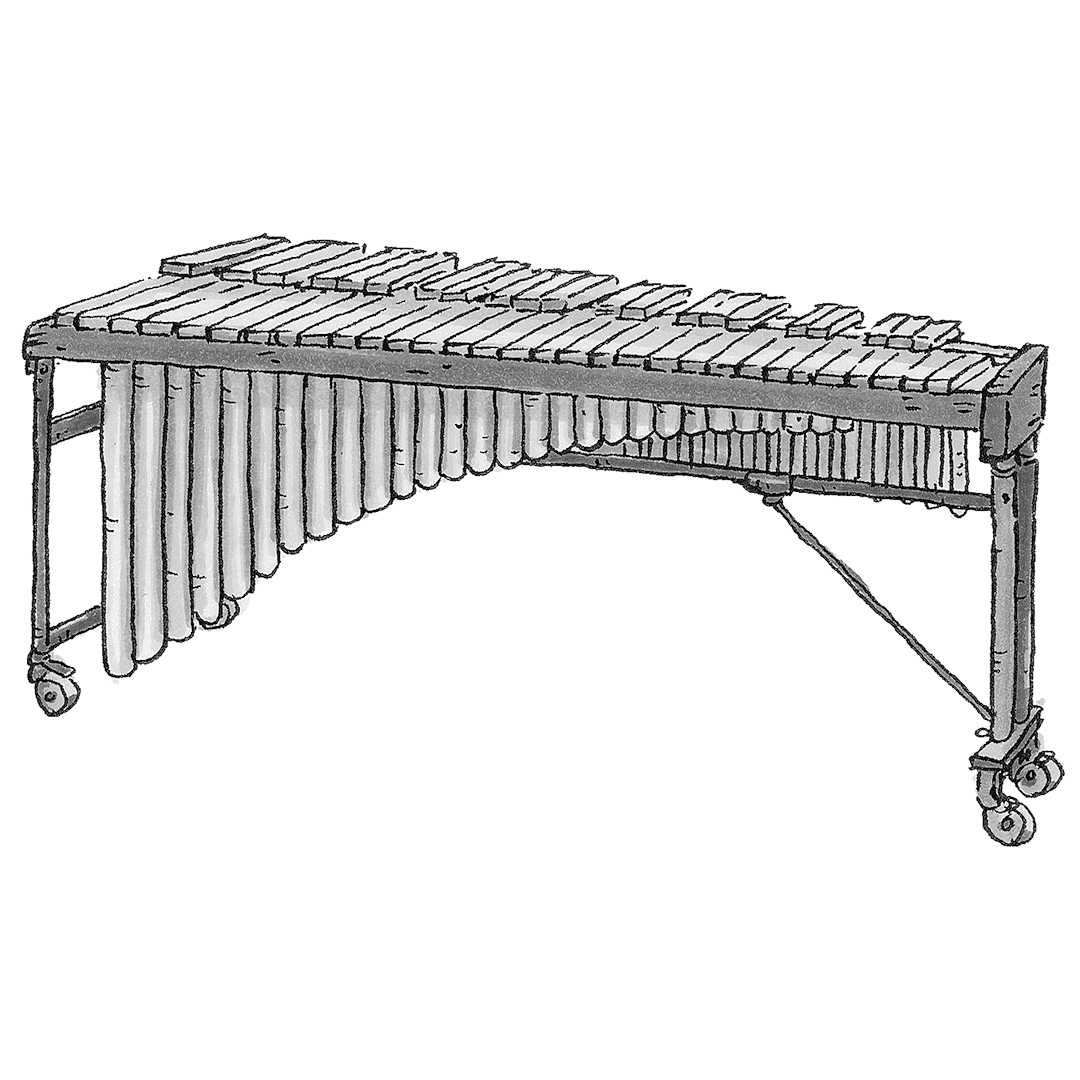
Marimba

Triangle

Cymbals
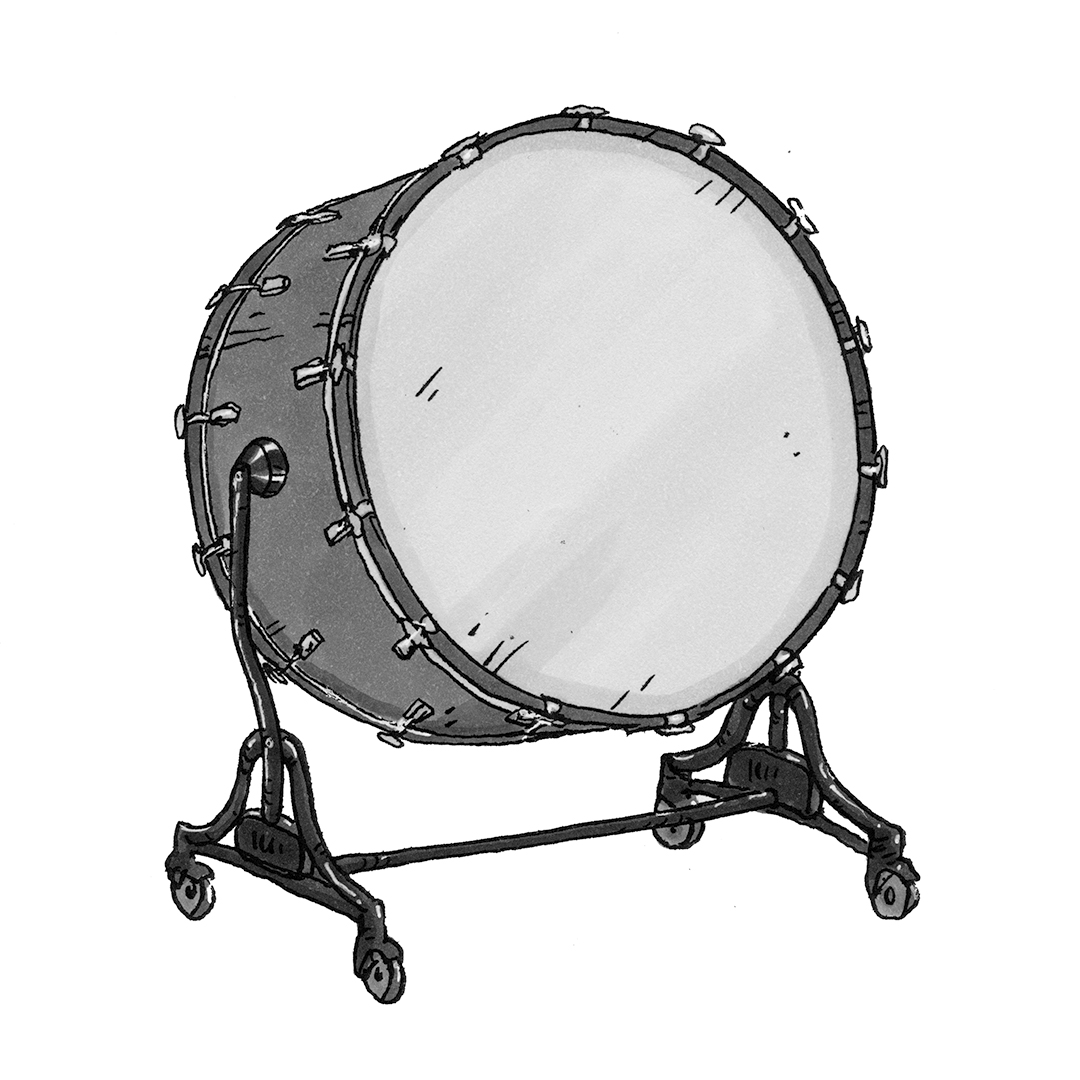
Bass drum
Harp and keyboard instruments
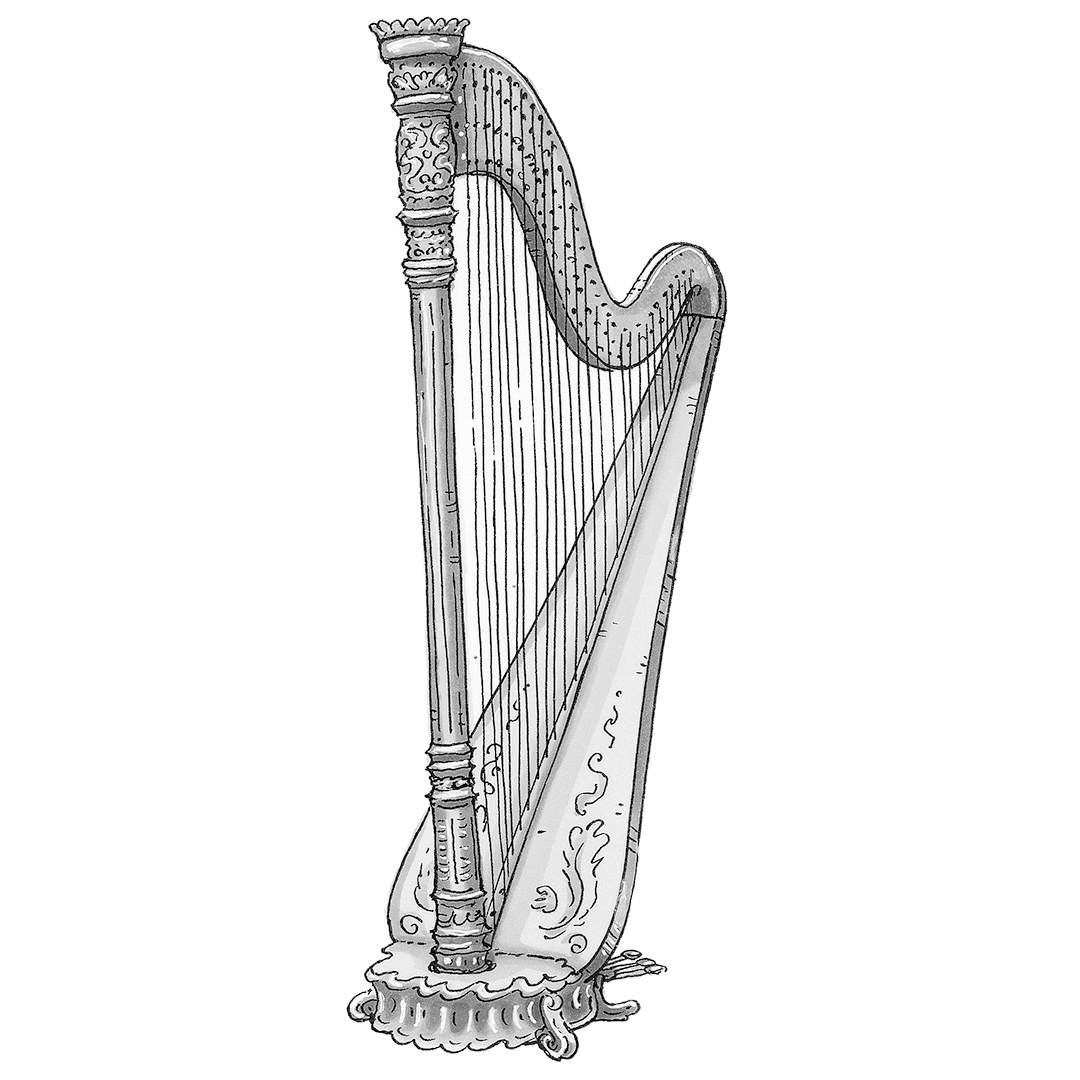
Harp
The harp is the largest instrument in a typical symphony orchestra, yet its sound is soft and delicate. The harp is played by plucking its approximately 45 strings with both hands, the pitch of which can be changed using pedals.
Text: Jaani Länsiö / Translation: Edward Crockford
Photos: Mervi Lindman

